Exploring how the heart and lungs of a horse keep up with everything we ask of them
The fifth episode of 'Horses Explained' is full of gems of knowledge and tips owners can use to improve their horses' respiratory health.
Posted on 12/08/2025
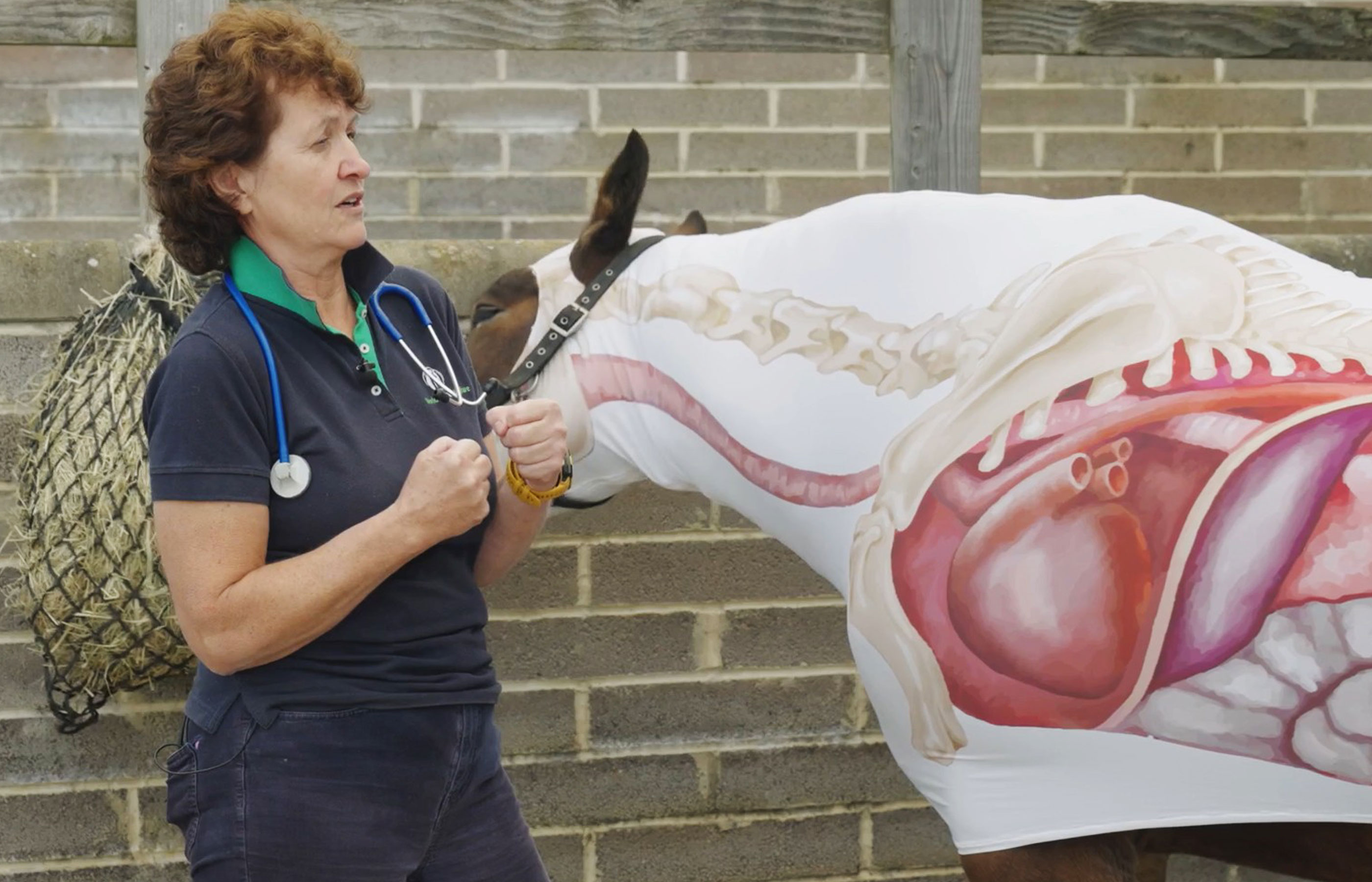
The fifth episode of ‘Horses Explained’ is packed full of gems of knowledge, from explaining the unique way the horse’s body is primed to make them an incredible athlete to the simple changes owners can make to improve their horse’s respiratory health. Equine vet Dr Sarah Coombs joins presenter Nicole O’Malley to explain, in accessible terms, how the horse’s heart and lungs work, as well as sharing easy-to-action tips. The episode is now freely available on our Education YouTube channel.
For anyone who’s ever wondered how their horse has the capacity to spook and flee at speed from a standing start, Dr Coombs explains how the horse is uniquely adapted to do this. “The horse has massive lung capacity so that the horse can go from standing around to seeing a predator in the distance and going straight off into a gallop,” she says. “Part of the reason they can do that is because they’re so well adapted in their cardiac and their respiratory systems.”
As well as sharing accessible insights into how the horse’s heart, blood vessels, and lungs work, Dr Coombs shares essential tips that owners can use every day to support their horse’s health. It’s vital for owners to get to know what their horse’s normal pulse and respiratory rate is, so Dr Coombs demonstrates how to use a stethoscope to check a horse’s heart rate, as well as showing a couple of pulse points that can be used.
When checking a horse’s breathing, Dr Coombs notes that someone getting up close to them can change the horse’s respiratory rate, so maintaining a bit of distance is helpful – checking from over the door rather than going into the stable, for example. “Stand back and watch how their flanks move [to see how they’re breathing],” she advises. “It should be regular, and even, and steady. Again, if you get used to looking at your horse and how your horse breathes normally, it’s really useful if you start to wonder if something’s not quite right one day.”
The episode highlights to owners that they can keep their horse’s lungs healthy simply by the way they feed them, with Dr Coombs suggesting they start with “the very best [quality] hay you can afford”. If owners are unsure how to check if hay is good quality, “don’t be afraid to pull it out and sniff it and look at it,” advises Dr Coombs. “You may think you’re not an expert on hay but, you know, if you smell it and it smells nice, it’s alright. If you smell it and it doesn’t smell nice, it probably isn’t alright. It’s as simple as that, really.”
The next episode of Horses Explained covers hormones, with vet and endocrine specialist Andy Durham. The remaining episodes in the series are:
- 22nd August: Reproductive System – with equine vet and reproduction specialist James Crabtree
- 29th August: Hooves – with farrier Jay Tovey
- 5th September: Whole Horse – with vet and equine behaviour specialist Gemma Pearson
All the ‘Horses Explained’ videos released to date can be found on our Horses Explained page.
Topics
Related News
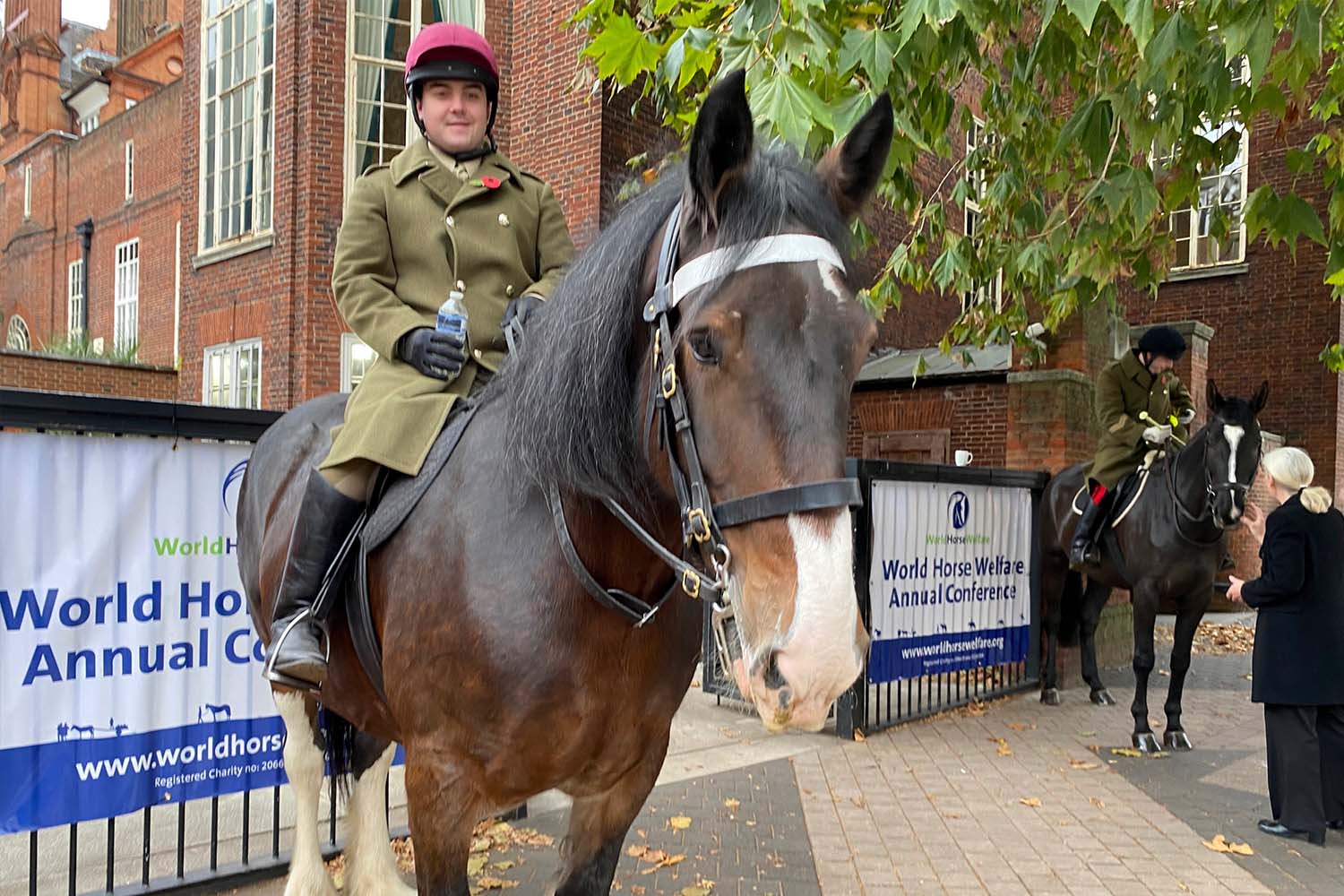
When does use become abuse with horses? World-class gathering tackle complex question
Trying to identify and define where use of horses becomes abuse was explored at World Horse Welfare's 25th conference.
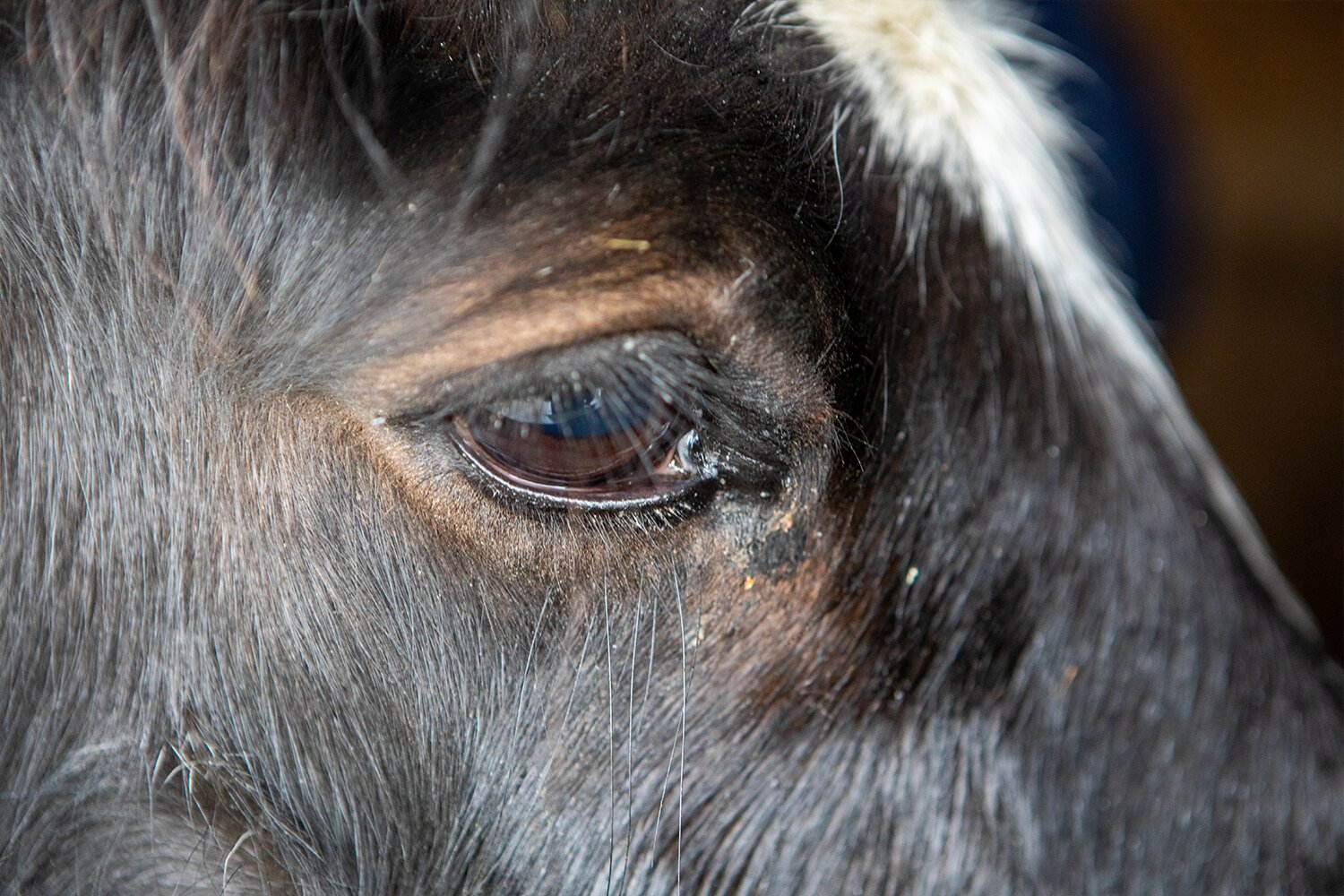
Recognising Trauma in Horses: A Neuroscience Perspective
Webinar: On Wednesday 13 March at 7pm we will be discussing all things trauma related.
Recommended Blog Posts
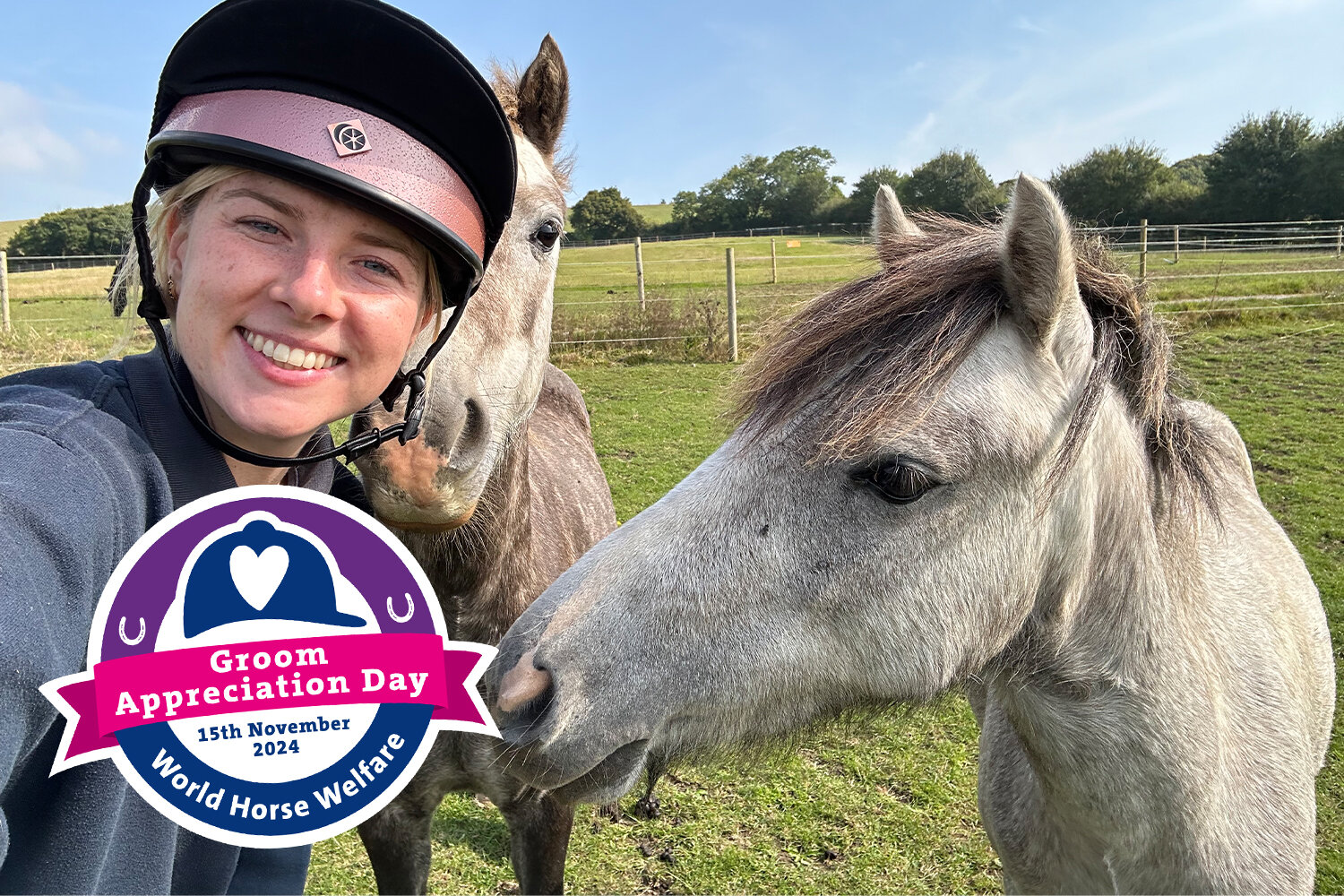
Meet some of our often-unsung heroes on Groom Appreciation Day – Nicole at Glenda Spooner Farm
"I feel honoured to have this opportunity and proud to be making a difference to the lives of so many equines."
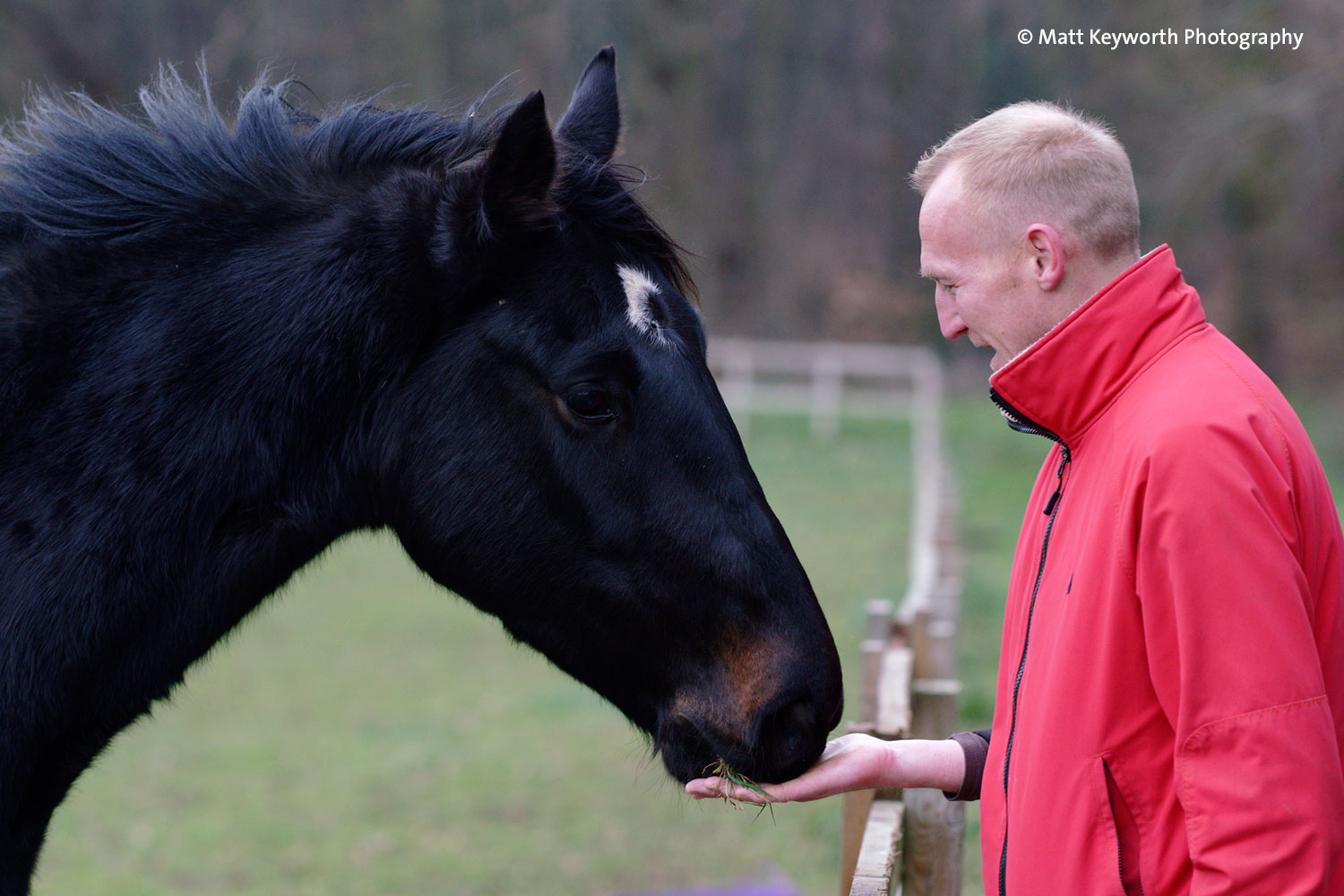
Autumn worm control: which worms should you test for?
Field Officer Chris Shaw explains which worms you should be testing for in the autumn – and why it’s so important to test before treating.

The senior horse: nutrition in sickness and in health
Find out more about the key considerations when caring for older horses, whether in work or retired and whatever their health status.
Enjoy reading stories like this?
Join over 65,000 other horse lovers and sign up for our email newsletter

Join over 65,000 other horse lovers and sign up for our email newsletter
Sign me up now